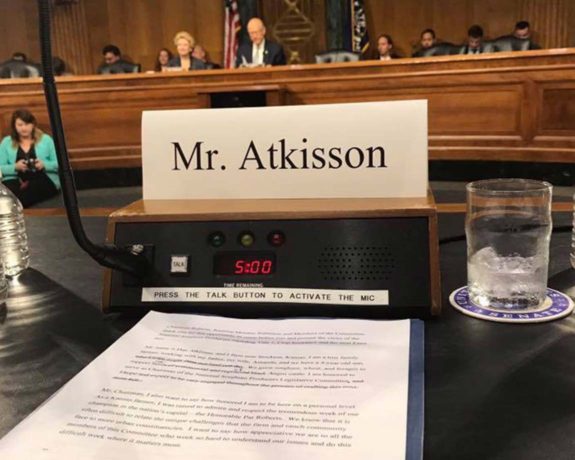
Working Tirelessly to Advance the Industry
National Sorghum Producers (NSP) was founded by producers determined to make a lasting impact on the sorghum industry and it has done exactly that. NSP delivers “first-class representation” in Washington, D.C., advocating for legislative and regulatory policies that support sorghum farmers. This includes protecting and strengthening critical programs such as crop insurance and farm assistance payments.

